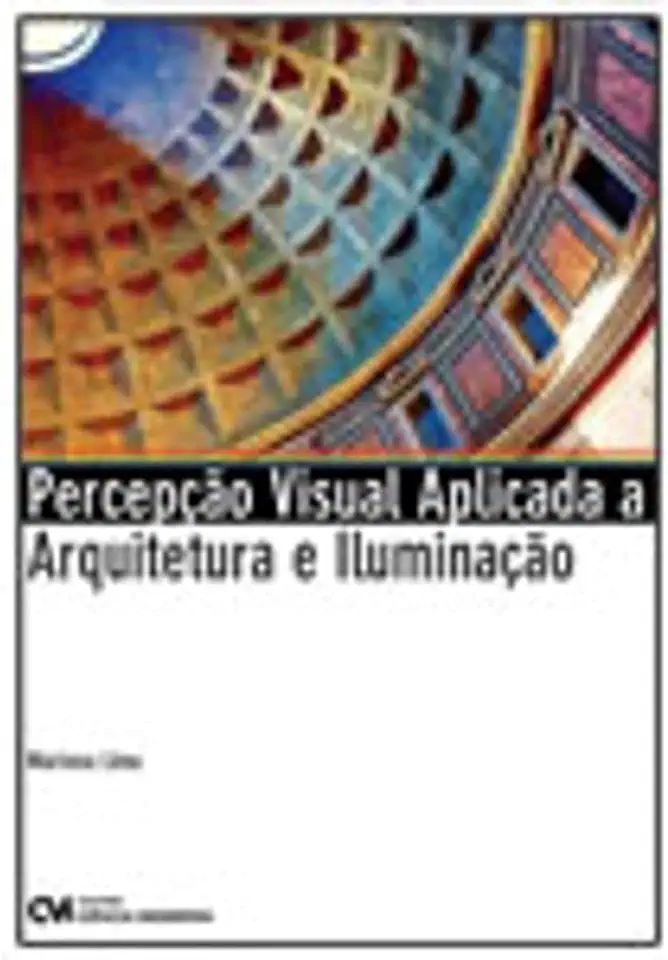
Applied Visual Perception to Architecture and Lighting - Mariana Lima
Applied Visual Perception to Architecture and Lighting: A Comprehensive Guide to Designing for Human Experience
Introduction
In the realm of architecture and lighting design, understanding visual perception is paramount to creating spaces that resonate with human experience. This comprehensive guide, authored by Mariana Lima, delves into the intricate relationship between visual perception and the built environment, offering a wealth of knowledge and practical insights for architects, lighting designers, and design enthusiasts alike.
Exploring Visual Perception
The book begins by exploring the fundamental principles of visual perception, including the physiological and psychological processes involved in how we see and interpret our surroundings. Lima provides a thorough examination of visual acuity, color perception, spatial perception, and other key aspects of visual perception, laying the groundwork for understanding how these factors influence our experience of architecture and lighting.
Visual Perception in Architectural Design
With a solid grasp of visual perception, the book delves into its application in architectural design. Lima presents a series of case studies and real-world examples, showcasing how architects have successfully employed visual perception principles to create visually engaging and functional spaces. From manipulating spatial relationships to optimizing daylighting strategies, the book offers valuable insights into designing for human comfort, well-being, and aesthetic appeal.
The Role of Lighting in Visual Perception
Lighting plays a pivotal role in shaping our visual experience of architecture. Lima dedicates a significant portion of the book to exploring the interplay between lighting and visual perception. She discusses the effects of different lighting techniques, such as natural lighting, artificial lighting, and color temperature, on human perception and behavior. Through numerous case studies, the book demonstrates how lighting can be used to enhance spatial qualities, create visual drama, and evoke desired moods and atmospheres.
Designing for Accessibility and Inclusivity
Lima emphasizes the importance of designing for accessibility and inclusivity, ensuring that the built environment caters to individuals with diverse visual abilities. The book provides practical guidance on incorporating universal design principles, considering factors such as contrast, glare, and wayfinding, to create spaces that are welcoming and accessible to all.
Conclusion
"Applied Visual Perception to Architecture and Lighting" is an essential resource for architects, lighting designers, and design professionals seeking to create environments that truly resonate with human experience. Mariana Lima's comprehensive exploration of visual perception, coupled with real-world examples and practical insights, makes this book an invaluable guide to designing spaces that are both visually appealing and functionally effective.
Key Features:
- In-depth exploration of visual perception and its impact on architectural design and lighting.
- Numerous case studies and real-world examples showcasing successful applications of visual perception principles.
- Detailed analysis of the role of lighting in shaping visual perception and creating desired atmospheres.
- Practical guidance on designing for accessibility and inclusivity, ensuring spaces cater to diverse visual abilities.
- Comprehensive coverage of topics, from visual acuity and color perception to spatial perception and lighting techniques.
Enjoyed the summary? Discover all the details and take your reading to the next level — [click here to view the book on Amazon!]